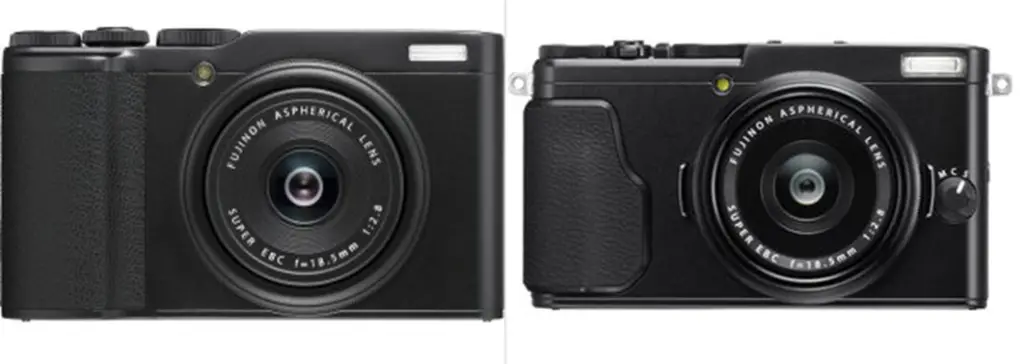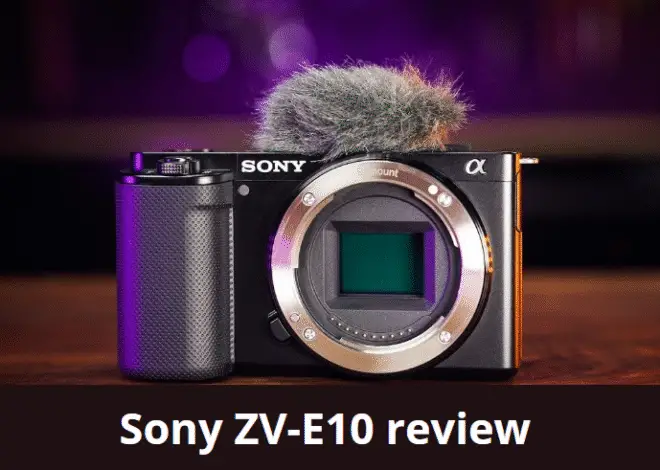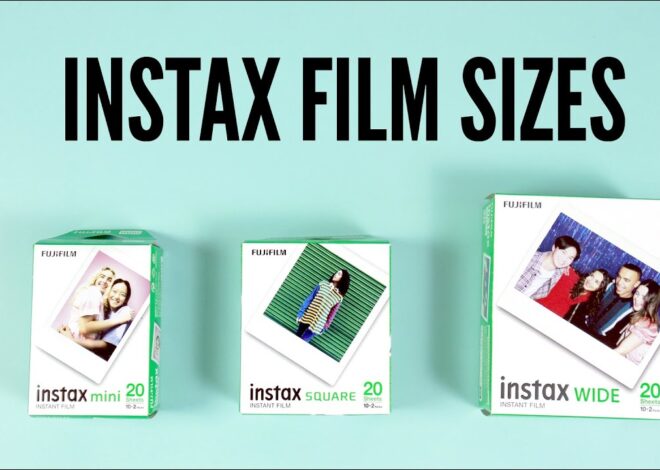
Fujifilm XF10 vs X70 Camera: Which One is the Compact King?
As an Amazon Associate, I earn from qualifying purchases.
The Fujifilm XF10 vs X70 Camera are two compact digital cameras that are popular among photographers looking for portable and versatile options for their photography needs.
Several key differences make the XF10 a bit superior to the X70 and that will make a significant impact on the overall experience. To know why the XF10 is arguably the better camera, read this article.
Fujifilm XF10 vs. X70: Quick Comparison Table
Here are some quick comparisons between the two cameras:
| Features | Fujifilm XF10 | Fujifilm X70 |
| Sensor | 24 MP APS-C CMOS | 16 MP APS-C CMOS X-TRANS II |
| ISO | 200 to 12800 | 200 to 6400 |
| Screen | 3 Inch Fixed type | 3 Inch Tilting Screen |
| Continuous Shooting | 6 FPS | 8 FPS |
| Video Resolution | 4K (UHD) | FHD (1920 X1080) |
| Number of Focus Points | 91 | 77 |
| Weight | 279g | 340g |
| Bluetooth | Yes | No |
| External Flash | No | Yes |
| Max Electric Shutter | 1/16000s | 1/32000s |
| Buying Link | Fujifilm XF10 | Fujifilm X70 |
What Are the Differences Between Fujifilm XF10 and X70 Cameras?
The Fujifilm XF10 and X70 are two compact, fixed-lens cameras that are popular among photographers.
While the XF10 is an entry-level model with a simple interface, the X70 is a more advanced camera that is geared toward experienced photographers.
The X70 is more than two years older than the XF10 so it is expected that some significant differences are going on between the two cameras.
Let’s have a detailed look at the differences:

Sensor:
Starting with the XF10 is an entry-level model that is designed to be user-friendly and accessible to photographers of all levels. It features a 24.2-megapixel APS-C sensor and a 10-24mm lens, which provides a 35mm equivalent focal length of 15-36mm.
The XF10 is an ideal camera for photographers who are just starting, or for those who prefer a more straightforward shooting experience without having to fiddle with manual controls.
The camera is easy to use and provides excellent image quality, even in low light conditions.
Additionally, the XF10 is equipped with a range of shooting modes and scene modes, making it an ideal option for those who prefer to shoot in auto mode or have limited experience with manual controls.
Moving on to the X70 is a more advanced model that is designed for experienced photographers who want more control over their photography. The X70 features a 16.3-megapixel APS-C sensor and an 18.5mm lens, which provides a 35mm equivalent focal length of 28mm.
The XF10 has 50 percent more pixels in the sensor than the X70. So in terms of pixels and sensors, the XF10 is the clear winner here.
Although the X70 provides a slightly wider focal length, which can be beneficial for street photographers who want to capture more of the scene. And the X70 is also better equipped for low-light shooting, thanks to its advanced manual controls.
ISO, Shutter Speed, and Continuous Shooting:
There is a small difference in the ISO range of the two cameras.
The X70 includes an expanded ISO range of 100, 12800, and 25600, which are exclusively usable as JPGs. For RAW images the original range is 200 to 6400.
With the XF10, you have a bit more freedom in low light settings as the native range is increased to 12800 and the extended range is increased to 51200.
Both cameras have a maximum shutter speed of 1/4000s and a minimum shutter speed of 30 seconds when using the mechanical leaf shutter.
The XF10 has a slower maximum shutter speed (1/16000) than the X70 (1/32000) after switching to the electronic shutter.
Additionally, the highest continuous burst speed of the XF10 is somewhat slower than the X70’s (6fps vs. 8fps).
The X70 looks to have a considerably greater number than the XF10 at 3 frames per second since it can shoot up to the card’s capacity in JPG mode.
Autofocus System:
Another key difference between the XF10 and X70 is their autofocus systems. Both cameras feature fast autofocus that allows photographers to quickly lock onto their subjects.
However, the X70 has a more advanced autofocus system that provides more accurate results, especially when shooting in low-light conditions.
The X70 also has a touch screen that makes adjusting focus and settings much easier, which is particularly useful for photographers who want to work quickly. It makes the X70 more usable in real-time use and fast shooting.
So in terms of the autofocus system, the older X70 wins the debate.
Video Recording:
In real-life scenarios, both of the cameras suck at recording good video. The XF10 can record full HD videos at 60FPS. But the XF10 can record 4K videos longer than the X70.
Both of them record 4K videos at 15FPS. So none of them are good devices to record videos.
LCD Screen:
The usability of a tilting screen is being one of the basic things among photographers, especially those who use high-end compacts.
On the one hand, they make it easier to compose at various angles and are more flexible than fixed displays, and can somewhat increase the camera’s size.
In the XF10, Fujifilm decided on a fixed screen to offer the camera a more minimal and elegant design.
Whereas the X70 has a tilting screen. It is always found to be especially practical. Both have a 3-inch screen, a 3:2 aspect ratio, and a 1040K-dot resolution.
Both devices include touch sensitivity, but only the XF10 has Touch Function, which enables you to attach actions to the up, down, left, and right screen flick movements.
So for having a tilting screen and good functionalities, X70 is the winner here.
Fujifilm XF10 vs. X70: Which One to Choose?
The choice between the Fujifilm XF10 and X70 ultimately depends on the photographer’s needs and experience level. If you are an entry-level photographer looking for a simple and user-friendly camera, the XF10 is an excellent option.
It features a 24.2-megapixel APS-C sensor, a 10-24mm lens, and a range of shooting modes that make it easy to use. The XF10 is also compact and lightweight, making it ideal for travel and street photography.
If you are an experienced photographer looking for more control over your photography, the X70 is the better option. It features a 16.3-megapixel APS-C sensor, an 18.5mm lens, manual controls, and a touch screen.
The X70 also has a more refined body design and a range of advanced shooting modes that make it an excellent option for taking your photography to the next level.
Additionally, the X70 has a more advanced autofocus system that provides more accurate results, especially in low-light conditions.
In terms of image quality, both the XF10 and X70 provide excellent results, thanks to the APS-C sensor and high-quality lens.
However, the XF10 does have the advantage of a higher megapixel count, which provides more detail in the final image. The X70 provides a slightly wider focal length, which can be beneficial for street photographers. In conclusion, the Fujifilm XF10 and X70 are both excellent options for photographers looking for a compact and versatile camera. The choice between the two will depend on the photographer’s needs and experience level, as well as the type of photography they are interested in pursuing.
- Read Also: Nikon D780 vs D850: A Closer Look at Two Flagship Cameras?
- Read Also: Sony ZV-1F vs ZV-1: Which Camera Offers Better Performance?
- Read Also: Sony A7IV vs A7RIV: Which Camera Has Better Output Quality?
- Read Also: Canon R6 vs R7: Which One is the Better Camera Overall?
- Read Also: Canon T7i vs T8i Camera: Which One Should You Choose?



